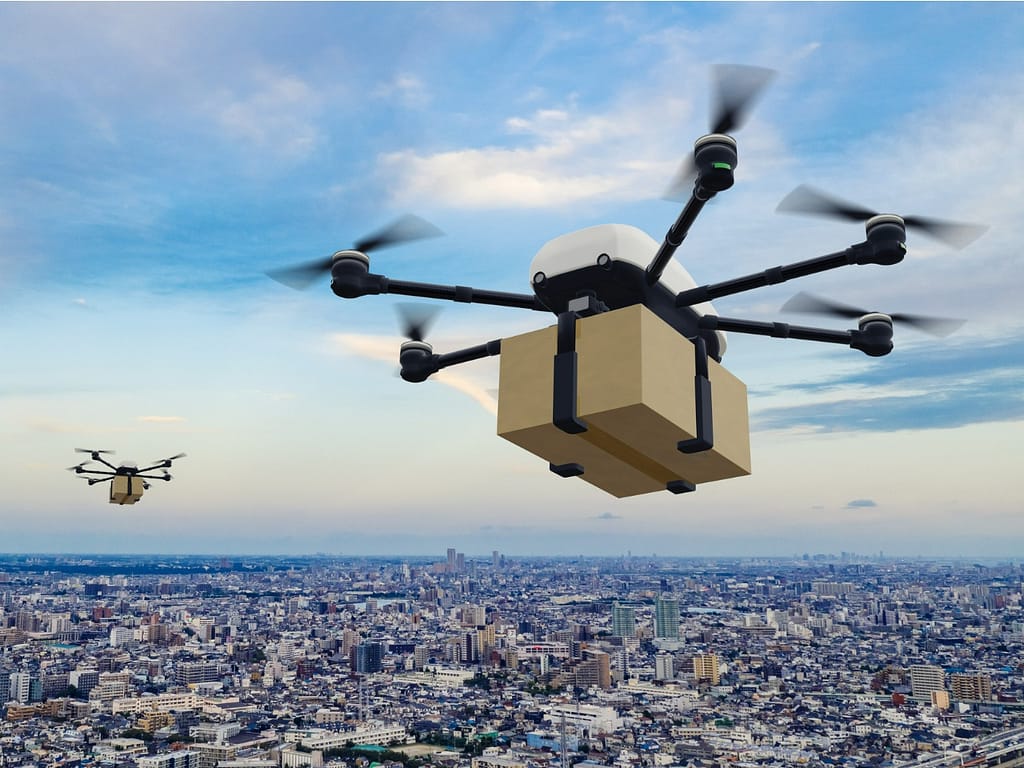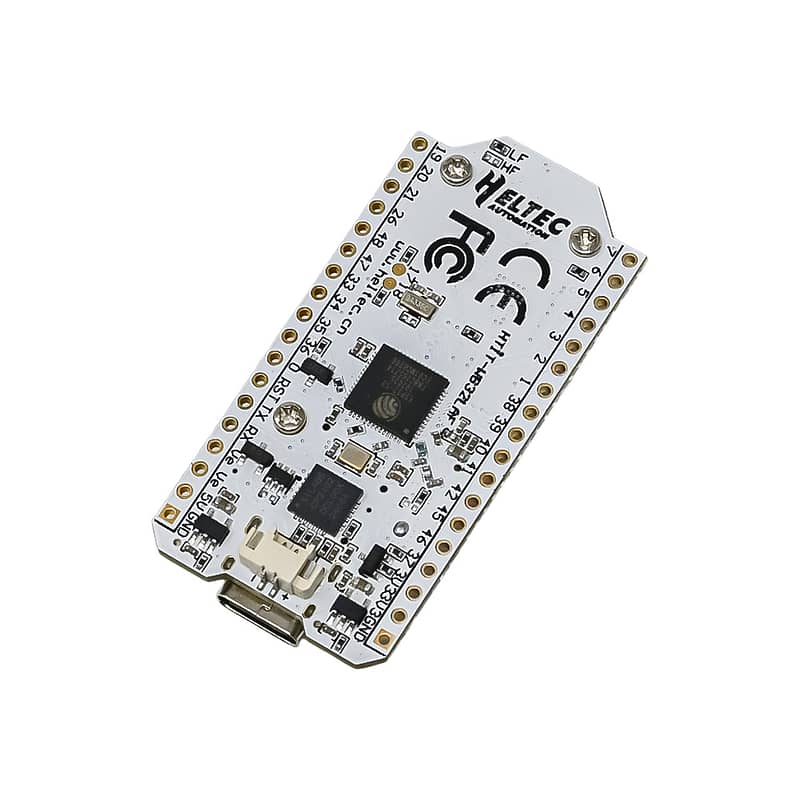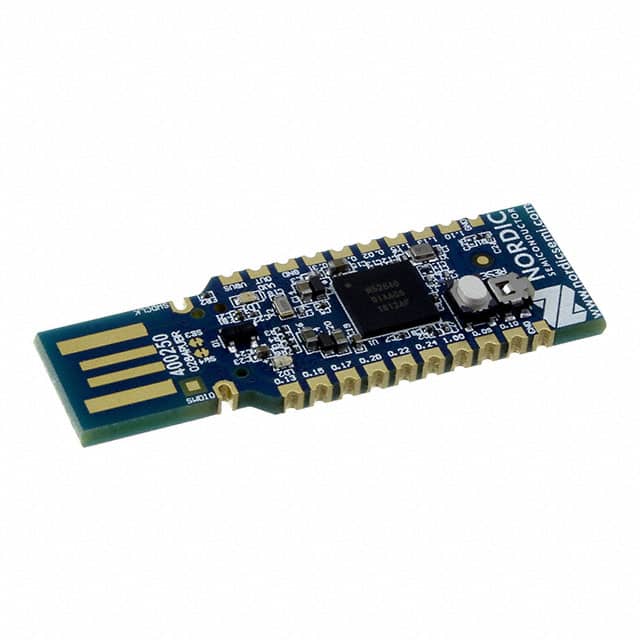
The sky is no longer the limit, it’s the next delivery route. Flying delivery drones, once confined to tech expos and sci-fi speculation, are rapidly becoming a credible solution to some of the most pressing challenges in last-mile logistics. With urban congestion intensifying and consumers expecting near-instant service, drone technology is emerging not only as a novelty but as a competitive advantage.
In cities like Dublin, Austin, and Tokyo, autonomous aerial delivery is no longer experimental, it’s happening. Whether it’s groceries, medical supplies, or e-commerce orders, drones are quietly reshaping how goods travel that last crucial mile.
The Drone Economy: From Hype to Revenue
It’s not just about being futuristic, it’s about business. The global drone delivery market is projected to exceed $10 billion within the next ten years. From Silicon Valley to European startups, companies are investing heavily in UAV (unmanned aerial vehicle) infrastructure, betting on a shift in logistics that favors speed, sustainability, and autonomy.
Leading players like Amazon Prime Air, Wing (a Google subsidiary), and Zipline are setting the pace. Walmart’s drone initiative, which allows customers to receive goods in under 30 minutes for a delivery fee between $12.99 and $19.99, has already completed over 150,000 successful drops. Manna Aero in Ireland is another standout, having executed more than 200,000 autonomous flights, with an ambitious model where one pilot supervises up to 20 drones.
This kind of efficiency hints at scalability and serious financial upside.
Understanding the ROI: Why Businesses Are Paying Attention
Right now, the economics of drone delivery are in transition. Per-trip costs average around $13.50, while traditional van deliveries hover near $1.90. On the surface, it’s more expensive, but not for long.
DroneUp, one of the industry’s fastest-moving startups, has slashed its costs from $300 to under $40 per delivery in just over a year. Their next milestone? A $3-per-trip benchmark, which could entirely rewrite the logistics cost model. Manna’s current operations already allow up to 80 deliveries per drone per day, signaling that high-volume routes will likely achieve positive ROI first.
It’s a classic scaling scenario. As regulations mature and pilot-to-drone ratios increase, operating expenses are expected to plummet. For businesses operating in dense urban areas or regions with limited infrastructure, drones may soon outcompete even the cheapest courier van.
Beyond Cost: Why Drones Deliver More Than Savings
The value of drones isn’t just financial. They offer a range of operational benefits that traditional delivery models struggle to match:
- Speed: Many deliveries are completed in under 10 minutes.
- Access: Drones can reach hard-to-serve or geographically challenging areas with ease.
- Sustainability: Reduced reliance on fossil fuels contributes to lower emissions.
- Health and Safety: In a post-pandemic world, drones offer a zero-contact option for delivery.
Zipline’s medical supply program in Rwanda is a case in point. By using drones, delivery times dropped by 61%, and waste from expired products fell significantly. These aren’t just logistics improvements, they’re life-saving innovations.
What’s Standing in the Way?
Despite their potential, drones aren’t without limitations. Regulatory landscapes are complex, especially in countries with tight airspace controls. Public concerns about privacy and noise continue to shape the narrative, and weather dependencies restrict operations in certain climates.
Infrastructure presents another barrier. From launch pads and charging hubs to air traffic management systems, the costs of establishing a drone delivery network can be steep. Skilled operators, regulatory consultants, and advanced telemetry systems are essential, not optional.
Still, the Sky Looks Promising
Despite the hurdles, the trajectory is clear: drones are no longer an experiment; they’re part of a growing toolkit for forward-thinking businesses.
Companies willing to invest early will be the ones reaping the rewards, including faster service, reduced environmental impact, and stronger customer loyalty. Whether you’re in retail, food service, healthcare, or logistics, now is the time to ask: what would it take for drones to be part of your delivery strategy?
How Mendy’s Robotics and AI Can Help
At Mendy’s Robotics and AI, we guide businesses through every phase of drone delivery implementation, from feasibility studies to regulatory approval, cost modeling, and pilot deployment. Our goal is simple: help you make the leap from ground-bound logistics to efficient, future-proof aerial solutions.
Whether you’re looking to scale or just get started, we’re here to help navigate the skies ahead.
References
- https://www.theguardian.com/technology/2025/apr/11/amazon-slayer-dublin-startup-manna-aero-taking-giants-autonomous-drone-deliveries
- https://talkbusiness.net/2025/06/walmart-expanding-drone-delivery-to-larger-us-metros/
- https://www.the-sun.com/money/10906322/walmart-drone-delivery-7-11-chick-fil-a/
- https://www.wipro.com/business-process/the-future-of-delivery-with-drones-contactless-accurate-and-high-speed/
- https://wing.com/
- https://www.breakingnews.ie/ireland/deliveroo-launch-drone-deliveries-in-dublin-1770048.html
- https://www.manna.aero/




